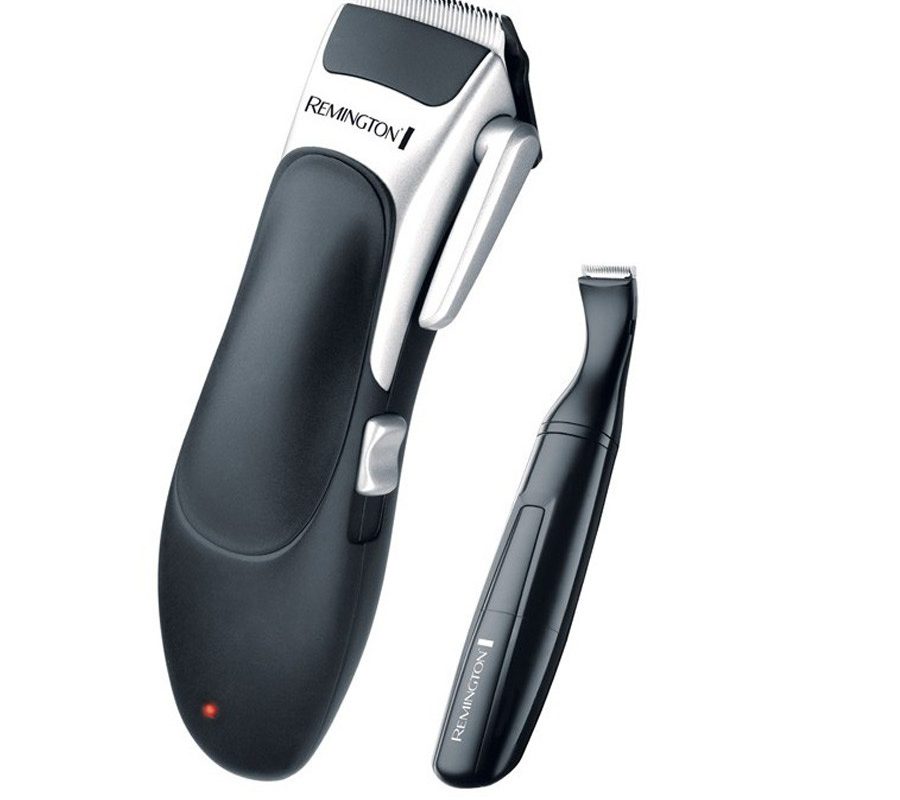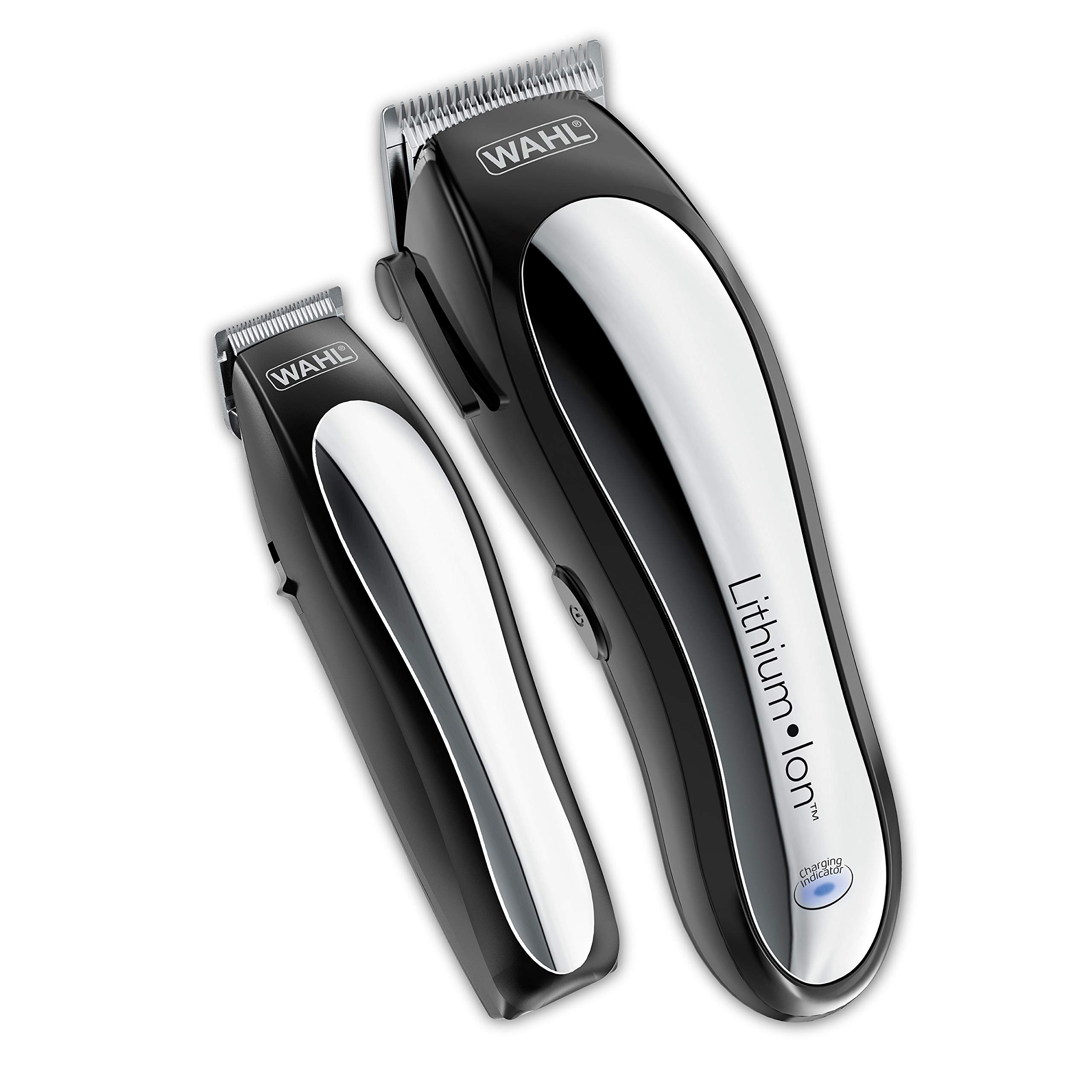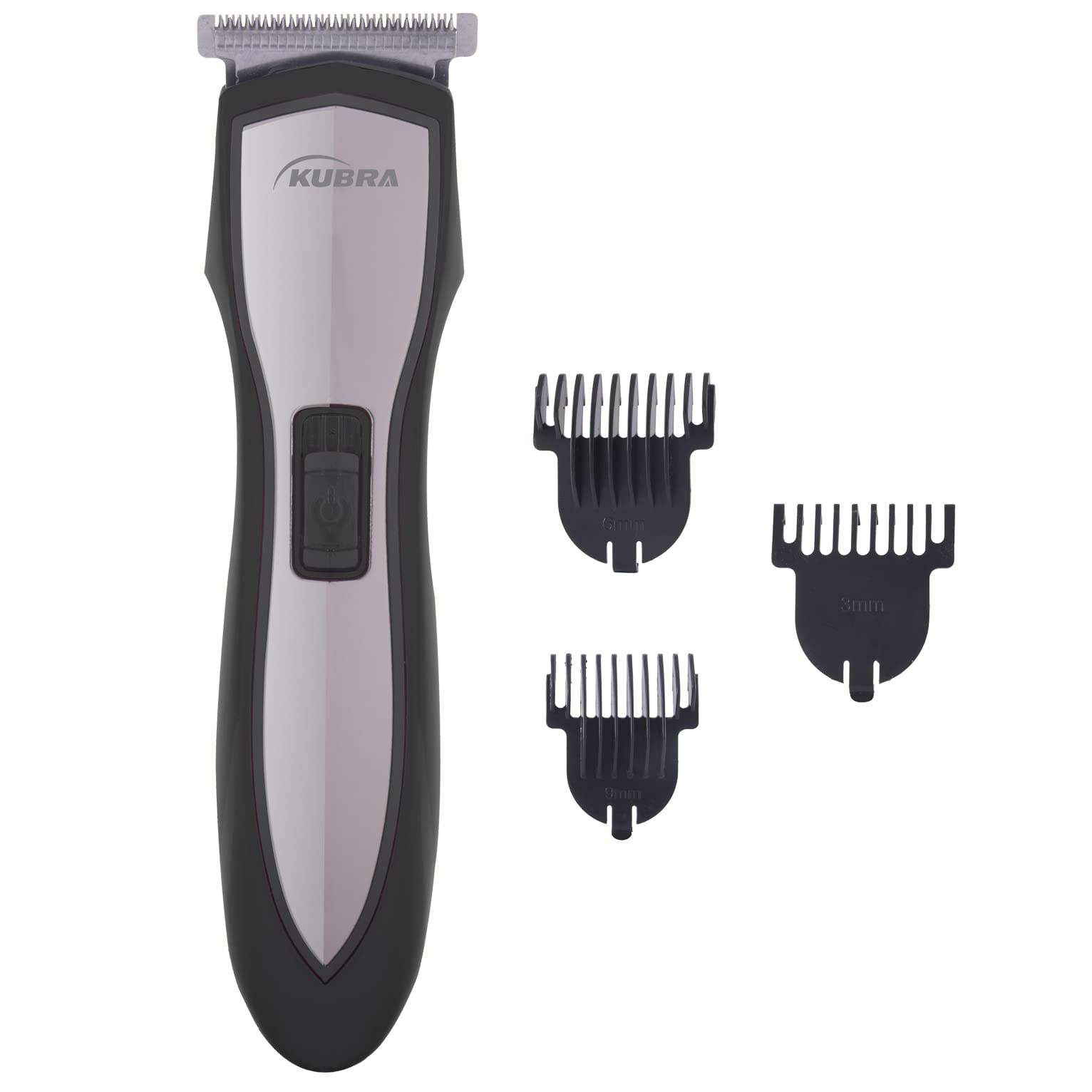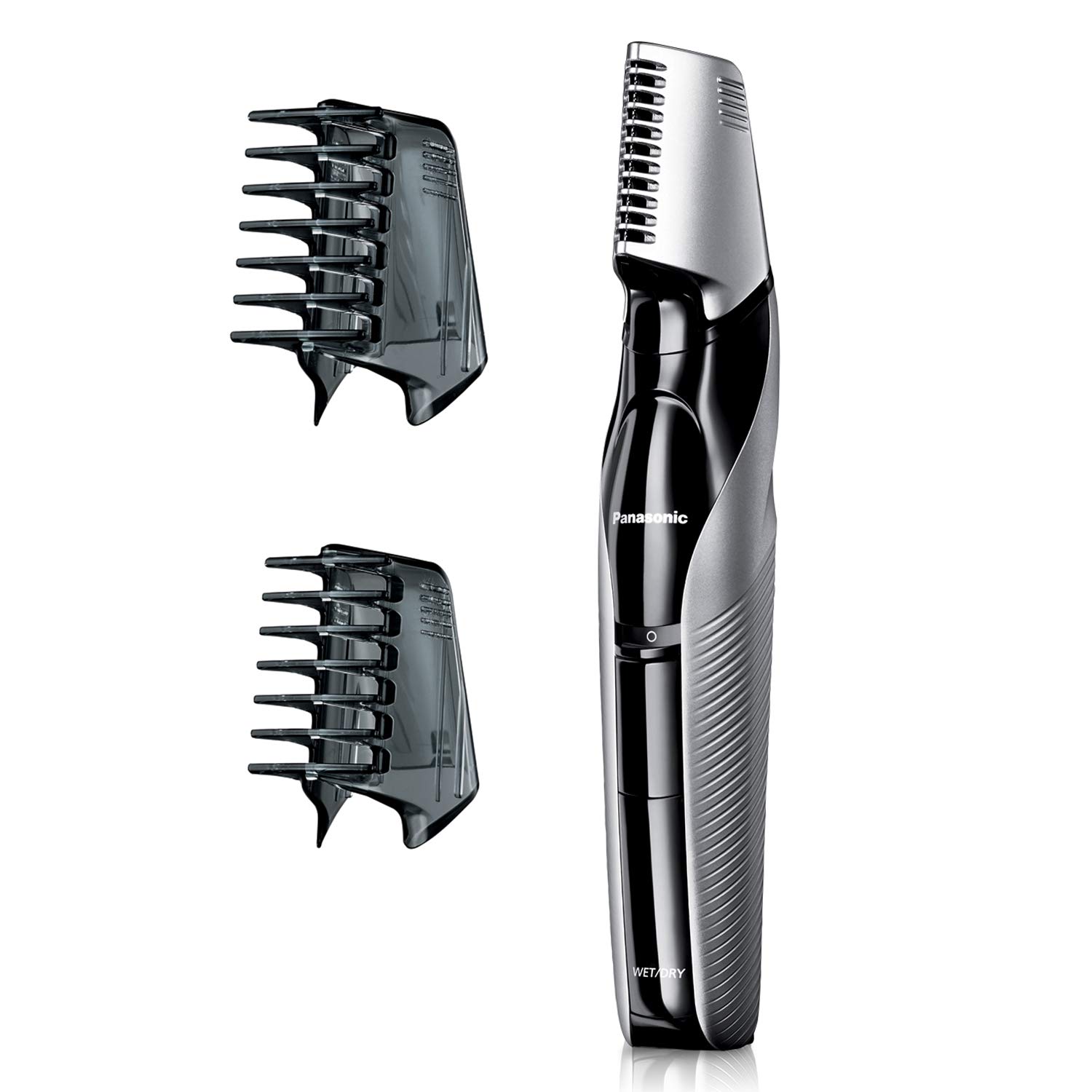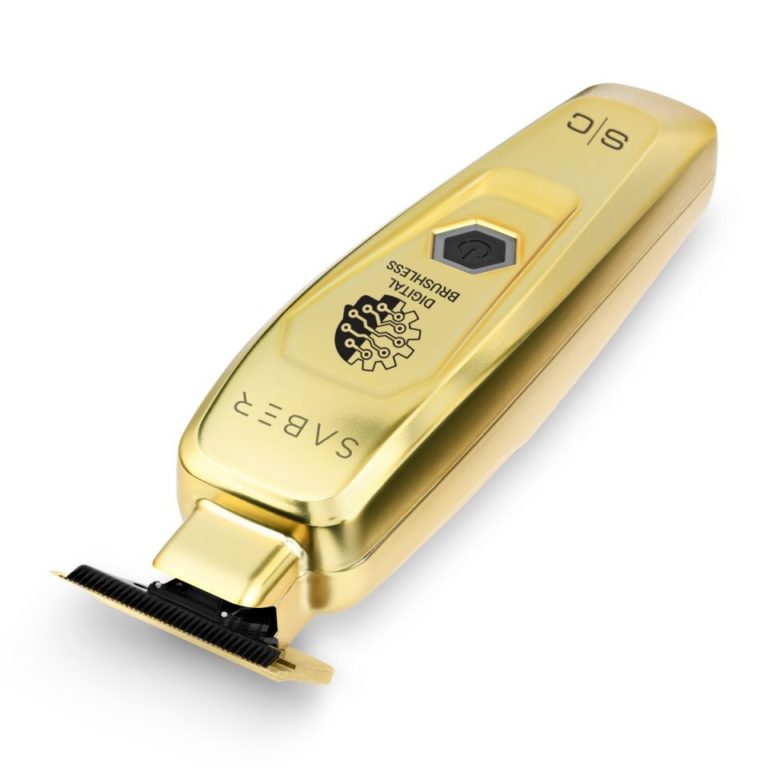In the world of grooming, hair trimmers play a vital role in maintaining a clean and polished appearance. Whether for facial hair, head hair, or body hair, the right trimmer can make a significant difference in achieving the desired look. However, with a myriad of options available in the market today, one question prevails: which type of hair trimmer is best? This comprehensive guide will delve into the various types of hair trimmers, their features, advantages, and tips for choosing the perfect trimmer to cater to your specific grooming needs.
Understanding Hair Trimmer Types
Hair trimmers come in various types, each designed with specific purposes in mind. Understanding these types can help you make an informed choice.
1. Corded Hair Trimmers
Corded hair trimmers are powered by electricity and require an outlet to function. They are often preferred for their consistent power and performance.
Advantages of Corded Hair Trimmers
- Uninterrupted Power Supply: Corded trimmers provide uninterrupted power, making them ideal for extensive grooming sessions.
- Less Maintenance: These trimmers typically require less maintenance since they do not rely on batteries that need to be replaced.
- Robust Performance: Corded models often have powerful motors that can effortlessly handle thick hair.
Disadvantages
- Mobility Limitations: The presence of a cord can limit movement and accessibility during grooming.
- Dependency on Power Sources: Users are constrained to areas near electrical outlets.
2. Cordless Hair Trimmers
Cordless hair trimmers run on batteries and offer the convenience of being used anywhere.
Advantages of Cordless Hair Trimmers
- Convenience: The lack of a cord enhances maneuverability, making it easier to use in any space.
- Travel-Friendly: Cordless trimmers are ideal for travel, as they can be used without worrying about finding an outlet.
- Versatility: Great for all grooming tasks, from haircuts to detailing.
Disadvantages
- Battery Life: Depending on the model, battery life can be a concern if frequent recharging is needed.
- Power Variation: As battery life decreases, some cordless models may lose power and effectiveness.
3. Beard Trimmers
Beard trimmers are specially designed for facial hair grooming. They often come with adjustable length settings to create various beard styles.
Advantages of Beard Trimmers
- Precision: Designed to navigate facial contours easily, offering precision and control.
- Multiple Length Settings: Many models allow for a range of length adjustments, catering to different beard styles.
- Skin-Friendly Blades: Beard trimmers often have blades designed to minimize irritation on sensitive skin.
Disadvantages
- Specific Use: They may not function as effectively for haircuts or body grooming tasks.
- Limited Battery Life: Some beard trimmers may require more frequent charging than larger, more robust trimmers.
4. Hair Clippers
Hair clippers, heavier-duty equipment compared to trimmers, are designed for cutting longer hair and are commonly used in barbershops.
Advantages of Hair Clippers
- Powerful Motors: Often equipped with more powerful motors, clippers can cut through thick hair more efficiently.
- Multiple Attachments: Many clippers come with various blade guards for versatility in cutting lengths.
- Use in Professional Settings: They are commonly used by professionals for haircuts due to their efficiency.
Disadvantages
- Weight: Hair clippers can be heavier than trimmers, which may lead to fatigue during use.
- Less Portable: Due to their size and the need for attachments, they may not be as travel-friendly as trimmers.
5. Body Hair Trimmers
Body hair trimmers are designed specifically for removing hair from non-facial areas, such as the chest, back, and groin.
Advantages of Body Hair Trimmers
- Specialized Design: Designed to work on sensitive skin and different hair types, reducing the risk of nicks and cuts.
- Water Resistant: Many models are water-resistant or suitable for use in the shower, adding convenience to the grooming routine.
- Skin Protection Features: Equipped with safety guards, body hair trimmers help prevent irritation during grooming.
Disadvantages
- Limited Use: These trimmers may not be effective for head hair or facial grooming due to their specialized design.
- Battery Dependence: Like most cordless models, they may require frequent charging.
Key Features to Consider
When searching for the best hair trimmer for your grooming needs, it’s essential to evaluate key features that can influence your experience.
1. Blade Quality
Quality blades are crucial for a smooth trimming experience. Look for trimmers with stainless steel or titanium blades, as these materials are durable and provide effective cutting.
2. Adjustable Length Settings
The ability to adjust the trimming length is invaluable, especially for those looking to achieve various hairstyles or beard lengths. Trimmers with multiple guard sizes or a built-in length adjustment feature can enhance versatility.
3. Battery Life and Charging Time
For cordless models, check the battery life and charging time before purchasing. A trimmer with a long battery life and quick charging capabilities can significantly improve your grooming routine.
4. Ergonomics
Look for trimmers designed for comfort and ease of use. An ergonomic design helps ensure a comfortable grip during extended grooming sessions.
5. Maintenance and Cleaning
Consider how easy it is to clean and maintain the trimmer. Models with detachable and washable heads make cleanup convenient and prolong the tool’s lifespan.
6. Extras and Accessories
Some trimmers come with additional accessories, such as cleaning brushes, oil for blade maintenance, and travel cases. These extras can add significant value to your purchase.
User Preferences and Specific Needs
Everyone has unique grooming needs, and understanding your preferences is crucial in determining which type of hair trimmer is best for you.
Grooming for Men vs. Women
While men often opt for beard and hair trimmers for facial and head grooming, women may seek trimmers designed for body hair or specialized uses such as bikini line grooming. It is essential to select a trimmer that caters to your specific grooming requirements.
Frequency of Use
If you plan to use the trimmer frequently, investing in a high-quality, durable model might be more beneficial. Regular users may consider models that offer more features, such as multiple length settings and self-sharpening blades.
Personal Lifestyle
Your lifestyle can also impact the type of trimmer you choose. For frequent travelers, a compact, cordless trimmer might be the best choice, while individuals who prefer grooming at home may lean towards a corded or powerful clipper.
Price Range and Budget Considerations
While quality is vital, everyone’s budget varies. It’s possible to find good trimmers at various price points:
Budget Trimmers
Budget options can often be found for under $30. While they may lack some advanced features, many offer basic trimming capabilities sufficient for occasional use.
Mid-Range Trimmers
In the 30to100 range, you can find excellent quality trimmers that offer more features, such as adjustable length settings and stainless steel blades.
Premium Trimmers
Premium trimmers, priced above $100, typically feature advanced technology, powerful motors, and more durable materials. These are ideal for those seeking longevity and precise performance.
Maintaining Your Hair Trimmer
To ensure your trimmer lasts and operates effectively, regular maintenance is essential.
Cleaning the Blades
After each use, cleaning the blades will prevent hair build-up and maintain cutting performance. Use a brush to remove hair and follow up with a damp cloth—always refer to the manufacturer’s instructions for proper cleaning guidelines.
Oiling the Blades
Regularly oiling the blades helps keep them sharp and functioning smoothly. Many trimmers come with a small bottle of oil, and applying a few drops before and after each use can significantly improve their lifespan.
Storing Your Trimmer
Store your trimmer in a cool, dry place to protect it from damage. If your model comes with a travel case, using it while traveling is advisable to prevent damage.
Common Issues and Their Fixes
Understanding the common issues that affect different types of hair trimmers can provide valuable insight into the repairs that may be applicable. Here are some common problems faced across various types of trimmers and suggested fixes.
Dull Blades
As mentioned earlier, dull blades can lead to poor cutting performance. The solution involves:
- Cleaning the Blades: Removing hair products and debris.
- Sharpening Blades: Using a sharpening tool or seeking professional blades sharpening services.
- Replacing Blades: When the blades no longer sharpen effectively.
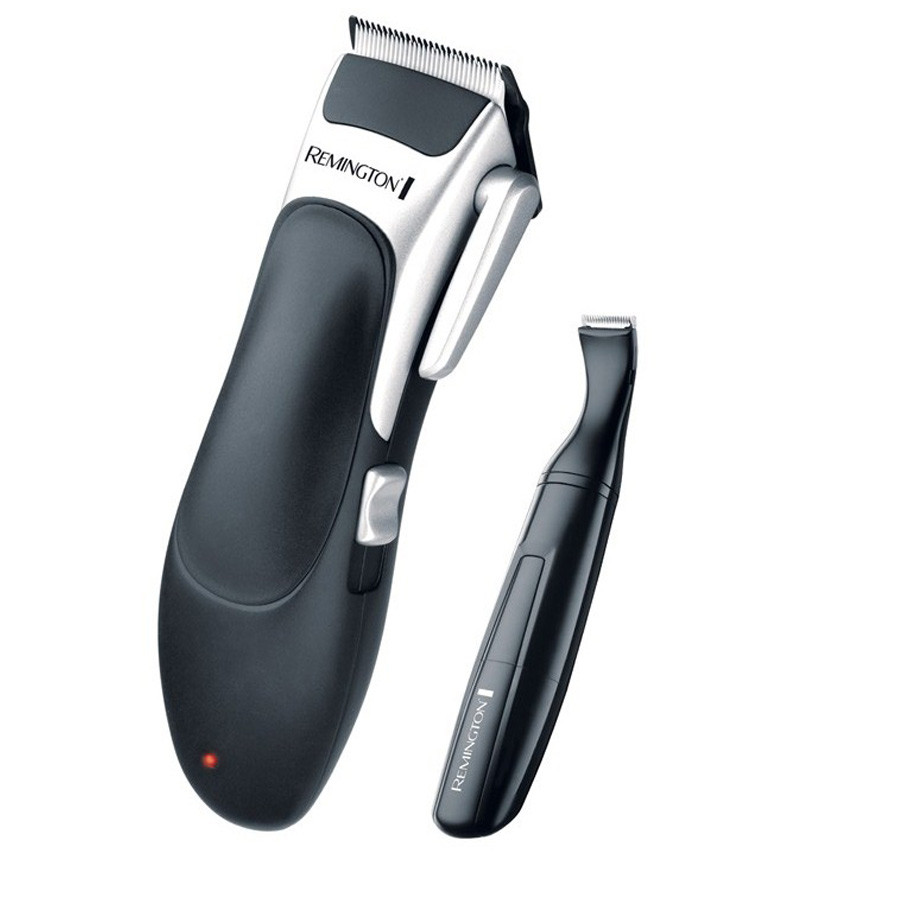 Motor Malfunctions
Motor Malfunctions
Motors may fail for various reasons such as overheating, wear and tear, or electrical issues. Solutions include:
- Inspecting Electrical Components: Checking for frayed wires or faulty connections.
- Checking for Blockages: Ensuring nothing obstructs the motor’s operation.
- Replacing the Motor: If damage is severe, professional assistance will be necessary.
Battery Problems
For cordless trimmers, battery issues can arise due to:
- Overcharging: Reducing battery health over time. Users should avoid leaving the trimmer plugged in after a full charge.
- Battery Replacement: If the battery fails to hold a charge, replacing it can restore functionality.
Conclusion
So, which type of hair trimmer is best? The answer ultimately depends on individual preferences, grooming needs, and lifestyle. While corded and cordless trimmers each have their advantages, specialized trimmers for beards, hair clippers, and body hair serve distinct purposes that cater to various grooming styles. Choosing a high-quality trimmer involves considering factors like blade quality, adjustable settings, battery life, and user comfort.
By evaluating your grooming habits and personal style, you can find a hair trimmer that will give you the results you desire while fitting seamlessly into your routine. Remember, maintaining your trimmer through regular cleaning and care will ensure it remains a reliable grooming tool for years to come.

